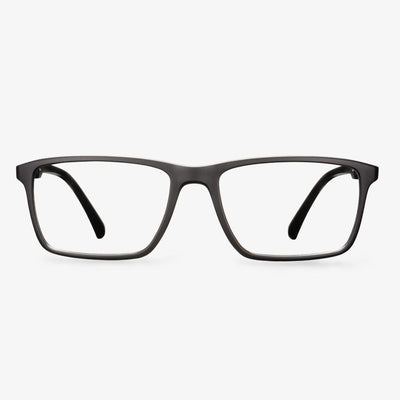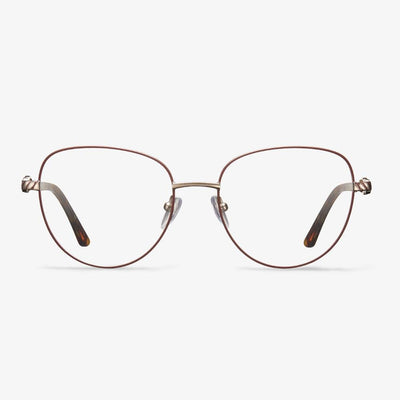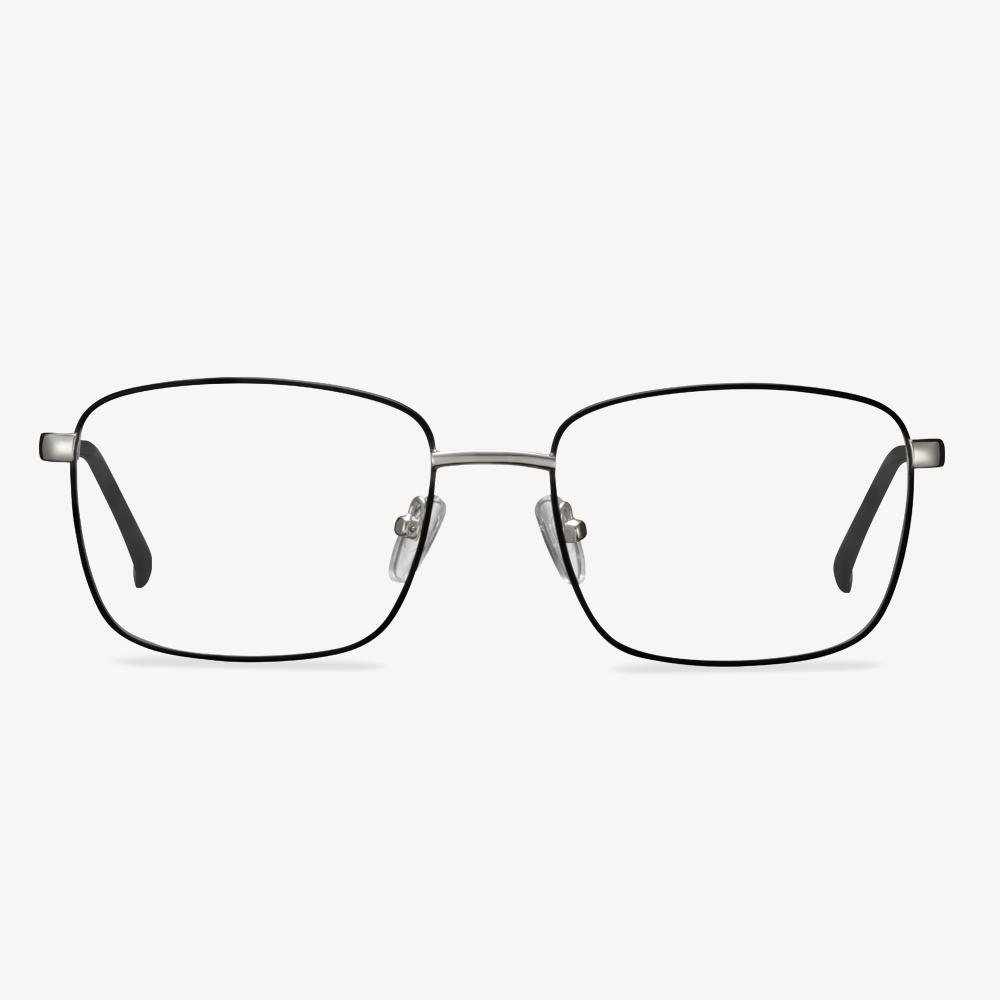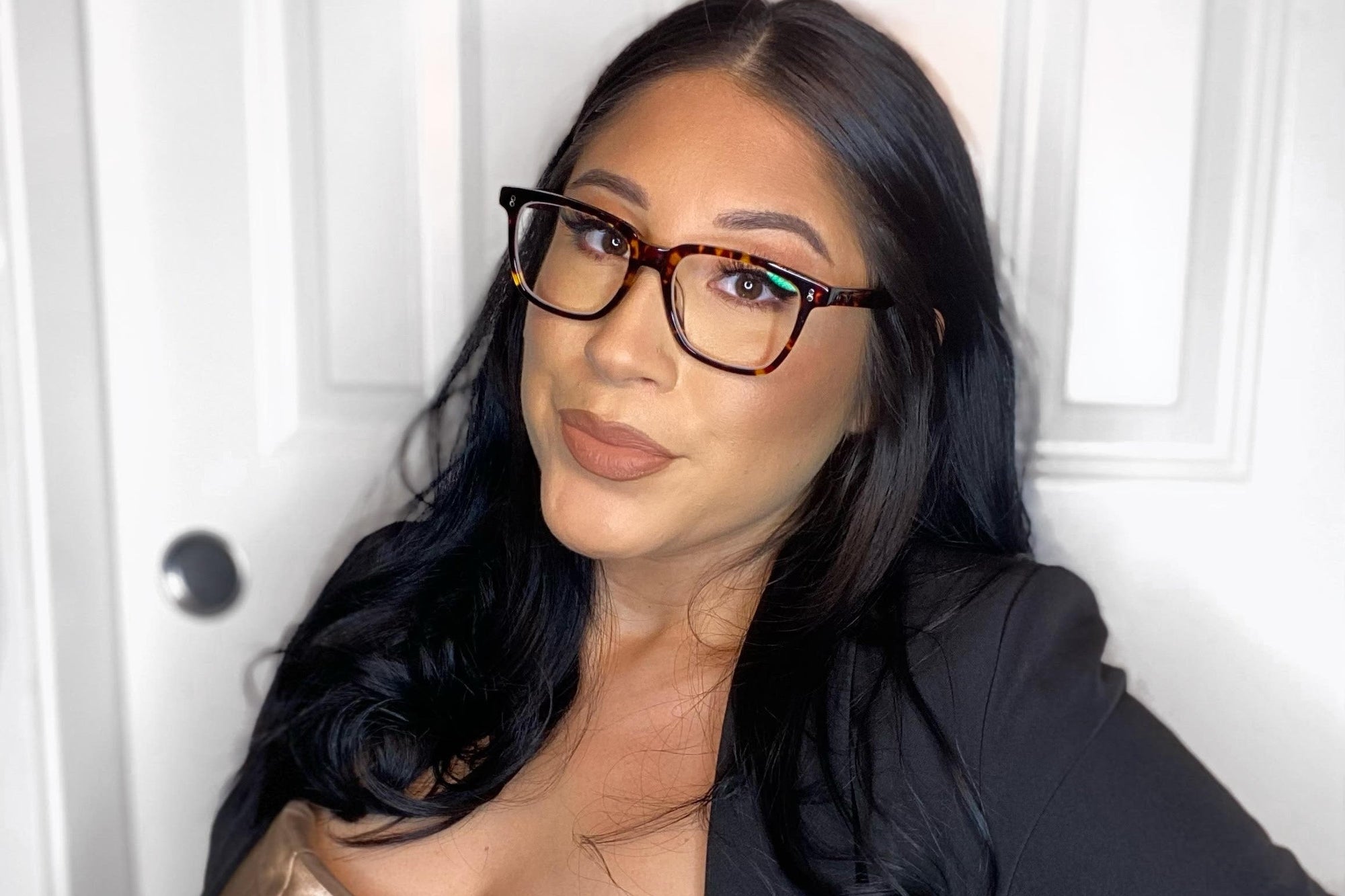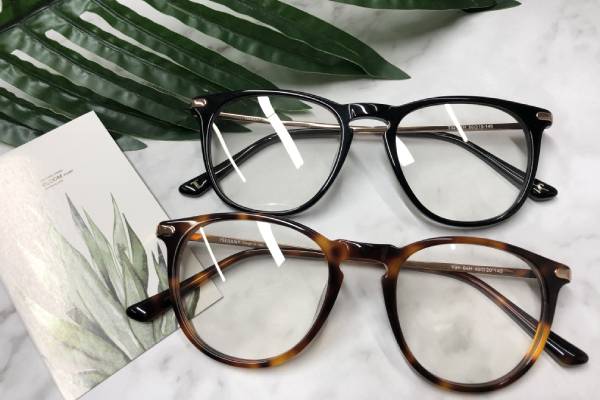5 Signs You Need Reading Glasses
In this section, we will list some signs you need reading glasses.
- You are over 40 years old. Everyone’s eyesight changes at a different rate, but most people develop presbyopia in their 40s. Presbyopia is a condition in which the eye strain to focus on nearby objects, which is different from farsightedness, a condition in which you can see distant objects clearly, but objects nearby may be blurry. Farsightedness is usually present at birth, but presbyopia develops during the aging process.
- If you find that you never seem to have enough light when reading, regardless of the room type or the number of lamps you have turned on, it may be time to get reading glasses. According to a study, a 60-year-old people requires three times as much light as a 20-year old to do the same task.
- If your eyes get tired when reading or working at your computer, you may need reading glasses. Do you find yourself dozing off at your computer, or do your eyelids get heavy when your reading or do detailed work? If so, you may be developing presbyopia, and you may need the reading glasses.
- Another sign you need reading glasses is that you are getting more headaches. Consistently straining your eyes to read or focus on craft could give more headaches. A headache right behind your eyes could be indicative of hyperopia. It is important to remember the 20-20-20 rule: every 20 minutes, look at something at least 20 feet away for 20 seconds. If your headaches persist, you should see an eye doctor and have a check.
- If you see halos, you may need reading glasses. When your lens cannot focus light into your retina, it makes your vision appear blurry. Thus, reading glasses can solve this problem.
Do I need reading glasses? After reading this post, you may have a basic understanding. If you need a pair of reading glasses, try Koalaeye glasses. They are stylish and cheap, and the glasses will be mailed to you with great convenience.
What Are Trivex Lenses?
What is Trivex? Trivex lenses were first produced in 2001. Trivex lenses come with several features such as light, impact-resistance, and high-performance strength. Recently, the use of Trivex as ophthalmic lens material has grown in popularity. Lenses made from Trivex material fulfill the same safety standards as those made from polycarbonate.
In addition, because of Trivex’s manufacturing process, plastic lenses sporting Trivex material do not distort vision as much. Trivex lenses offer 100 percent protection from UAV and UAB rays, sharper central vision, and sharper peripheral vision. Trivex was developed for military applications, so it is good for outdoor use. Other benefits include resistance to chemicals and better light refraction.
So, in the following section, we will show you the advantages and disadvantages of the Trivex lenses.
How to choose blue light blocking glasses?
Nowadays, electronic products such as mobile phones and computers have become indispensable tools in our lives. While these high-tech products bring us convenience and fun, they also bring symptoms such as eye fatigue and myopia. Subsequently, blue light blocking glasses have also received everyone's attention. Anti-blue glasses are only suitable for people who use electronic products for a long time, not for people who are visually fatigued. Exposure to such unnaturally strong blue light for a long time every day, especially for teenagers and children, needs to pay more attention to the prevention of blue light. So, how to choose suitable blue light blocking glasses for kids?
Anti-blue light is necessary, but not all blue light can be filtered out, because blue light will interfere with the body's melatonin secretion after being over-filtered, thereby affecting sleep. Therefore, when choosing blue light blocking glasses, you should choose appropriately according to your own eyes.
For how to choose anti-blue glasses, consumers can distinguish from the color of the lenses. Generally speaking, a lens with a yellow color will have the effect of blocking blue light. But too dark lenses will affect the contrast sensitivity. Therefore, it is recommended that consumers choose moderately. In addition, consumers should also pay attention to whether the glasses products (lenses, frames) have conformity marks, etc. It is best to choose professional and well-known glasses shops to match glasses.
Are yellow lenses good for night driving?
Yellow lenses are very effective even in low light conditions. They enhance contrast while you're driving. In other words, they broaden your horizons and allow you to see more cars, people, and objects on the road. Especially when you're driving at high speeds on dark roads, this widened, enhanced view can help you see more clearly. The transparent driver's glasses effect is not good. Headlight glare can be understood as dazzling light. The lens should be looked for from the angle of the stain. But the color should not be too dark to ensure safe driving at night. It is better to polarize the light. It can greatly improve the anti-glare effect.
What to consider when buying eyeglasses?
Usually, people with lighter skin tones choose lighter color frames, while those with darker skin tones choose dark color frames. For example, people with lighter skin tones can choose soft pink frames, tortoiseshell frames, or gold and silver frames, while those with darker skin tones can choose red, black, or tortoiseshell frames.
Contact Lens Material - PHEMA material
It is the earliest material used in the production of contact lens hydrophilic material. The main advantage is water absorption, with a water content of about 38%. The material is soft, but its disadvantage is only partial oxygen permeability.
What is hard coating on lenses?
Lenses are mainly added in two kinds of film: anti-reflection film and hard film (and some manufacturers produce anti-fogging film and mirror film, but not common). The anti-reflective film is mainly by coating the front surface of the lens with multiple layers of transparent materials with different refractive index and thickness to reduce the excess reflected light on the surface of the lens, by using the principle of light interference. The film can be applied to both glass and resin lenses. The way of hard film plating is usually a soaking process. After many times of soaking and cleaning, soaking in an organic solution containing ultrafine silicon element for a certain time, and then keeping it at a certain temperature for 4-5 hours, the fixed polymerization process of the film has been completed. The surface wear resistance of CR-39 coating can be increased by 2-4 pH, which is similar to the hardness of optical glass lenses.

















